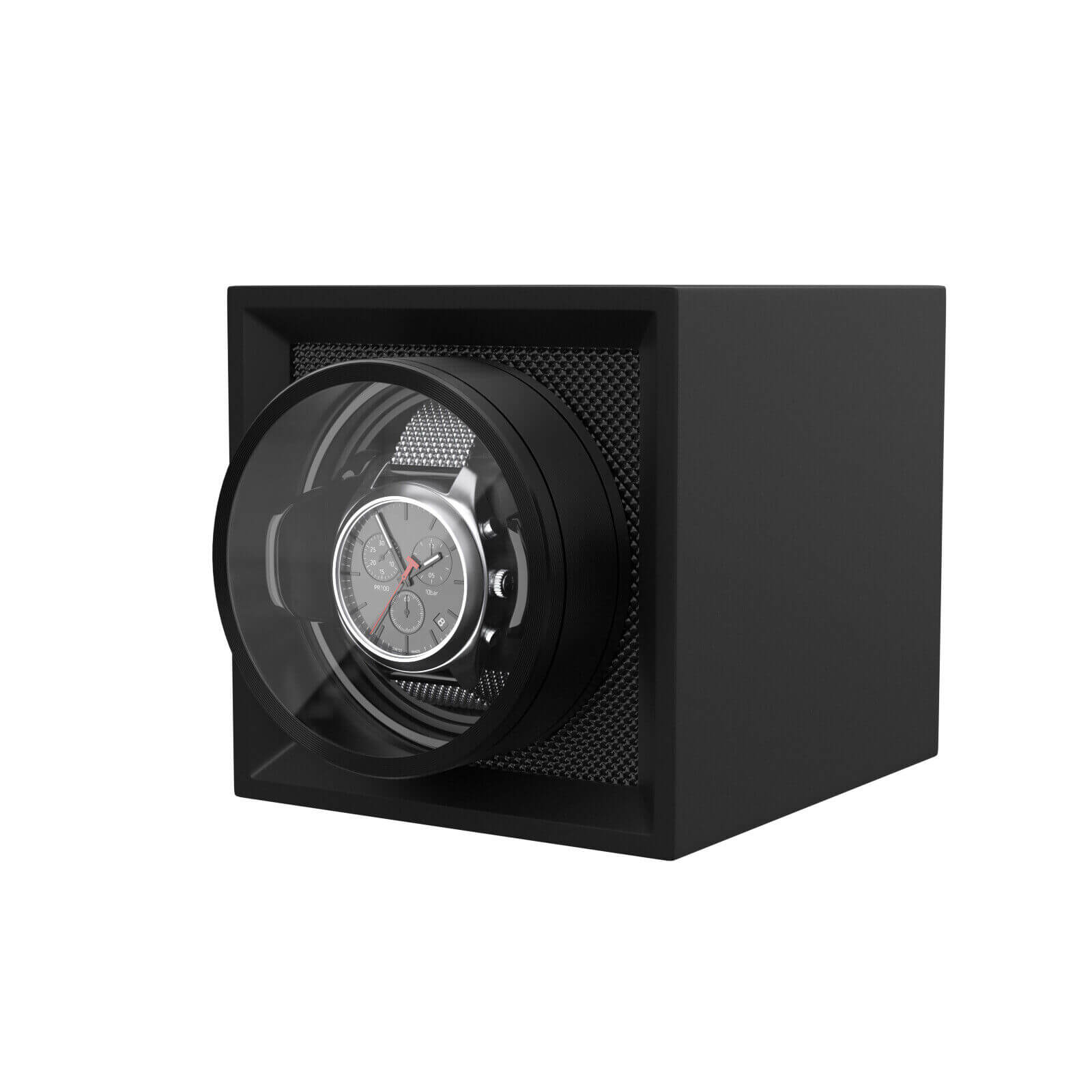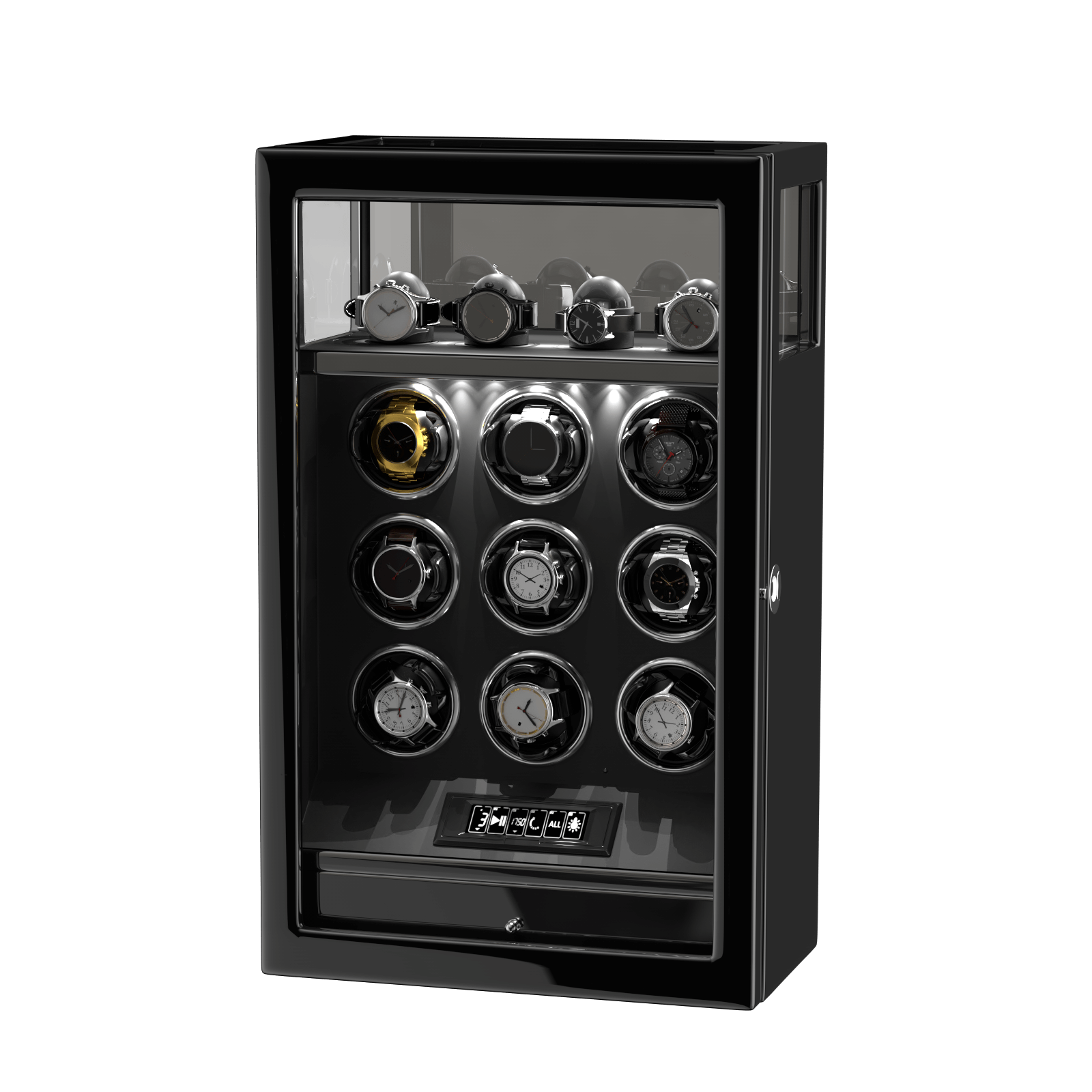The History of Automatic Watches
Despite Dukwin continues to innovate and develop our winders, the history of the watch winder goes back all the way to 1776 with the first automatic watch.
Abram Louys Perrelet, a church elder from Le Locle (Switzerland), created the very first self-winding watch. Using a barrel ‘remontoire’ (a spring which runs the timekeeping mechanism), the manufacturing of the watch was deemed too expensive and complex. A first nonetheless however and it sparked a revolution of automatic watches.
Hardwood AutomaticsOver 100 hundred years later on the Isle of Man, an English watchmaker known as John Harwood set out to eliminate the current (at the time) issues of hand wound watches in 1922. One of the main concerns that troubled many watch lovers in the early 20th century was that the winding mechanisms suffered from dust and moisture issues.
After looking at ways to eliminate the issue and develop a new winding mechanism, Hardwood noticed the movement of children playing on a see-saw could be used as influence in his watch making process. Using kinetic energy to power a watch was considered a bizarre and revolutionary idea. The watch, in Hardwood’s vision, would use accumulated kinetic energy to create tension in the spring of the watch which would release to allow the hands to move.
After creating his first prototype with an old pocket watch, he then travelled to the king of watchmaking, Switzerland, for help to create the technical aspects of his invention. Hardwood found great success with the help of the Swiss Confederation in Berne. He was awarded a patent for his pioneering invention of the first self-winding wristwatch in 1924.

The self-winding wristwatch made use of a ‘hammer’ movement, which essentially used “a pivoted oscillating weight that moved to and from through an arc of 270° hitting buffer springs on both sides”.
Mass Production
With a successful and working self-winding watch in play, FORTIS presented a world first for a mass-produced automatic wristwatch at the Basel Trade Fair in 1926, by no coincidence called the HARWOOD Automatic.
The ‘wristwatch’ was originally aimed at men, but it became quickly apparent that the women of society found the new time keeper to be an essential time saver. With the popularity of automatic watches growing in 1928, the newly founded Harwood Self-Winding Watch Co. brought the HARDWOOD Automatics to an international level with a factory in Grenchen.
Despite Hardwood’s aim for international success, the automatic grew most noticeably in England’s best jewellery shops.
Hardwood vs Rolex

In 1931 Hardwood’s hammer winding mechanism suffered competition from a newly-invented rotor movement that would wind a watch on a 360 degree movement. This rotor movement was first introduced in the Rolex Oyster Perpetuals.
The competition sparked international coverage, with disagreements about the inventor of the self-winding watch. Rolex subsequently apologised in 1956, giving John Harwood full credit as the inventor of the world’s first automatic wristwatch with a portrait of him used in Rolex’s future advertisement.
Despite Hardwood inventing the automatic wristwatch, it’s been widely noted that Rolex improved the design with the rotor movement due to its 360° unidirectional winding. A movement still seen in modern automatics of today.
The Watch Winder
The original watch winder was invented by John Hardwood to guarantee to prospective buyers that his automatic watch movement worked. This initial watch winder was a 12 watch winder, with jewellery shops adopting the machine at a later date to show the quality of the latest automatic watches.
80 years later and watch winders have been adopted by many collectors and lovers looking to display their watches, keep them wound and ready to use.
With automatic watches booming, in 2014 the team at Dukwin noticed that a lot of these winders were often cheaply made and/or over-priced, which saw the production of our affordable and quality watch winders coming in to play.









































